As society increasingly focuses on environmental protection, electric vehicles (EVs) are not just a trend but also a symbol of going green. However, alongside the environmental and economic advantages, the range of electric vehicles is always one of the top concerns for consumers. It's not just a figure on the specification sheet; it directly influences how we use our cars every day.
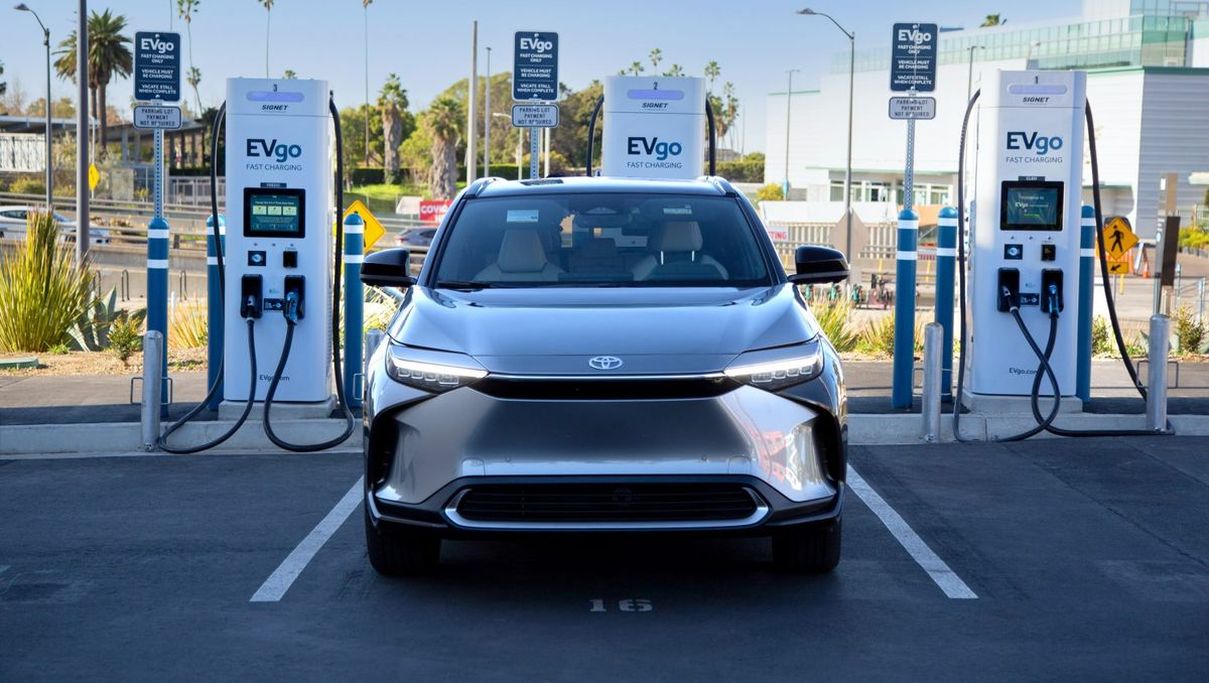 The range of electric vehicles is always one of the top concerns for consumers
The range of electric vehicles is always one of the top concerns for consumersWhat is Range?
EPA and WLTP: Two Measurement Standards
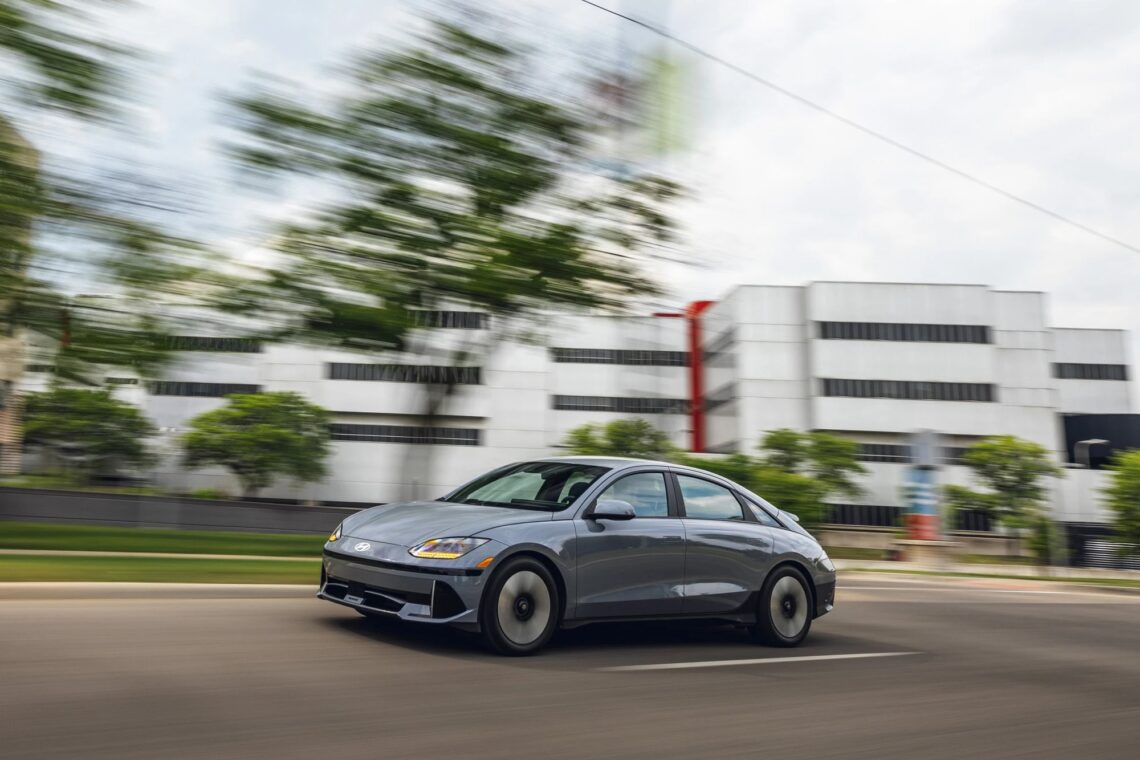 Meanwhile, WLTP is more widely adopted in Europe and other markets
Meanwhile, WLTP is more widely adopted in Europe and other marketsFactors Influencing Range
The range of electric vehicles (EVs) is influenced by various factors, from the technical specifications of the vehicle to environmental conditions and driving habits. Here are some key factors affecting the range of EVs, along with detailed explanations:
Battery Capacity- Explanation: Battery capacity is usually measured in kilowatt-hours (kWh) and is one of the most critical factors influencing the range of electric vehicles. A larger battery capacity can store more energy, allowing the vehicle to travel longer distances on a single charge.
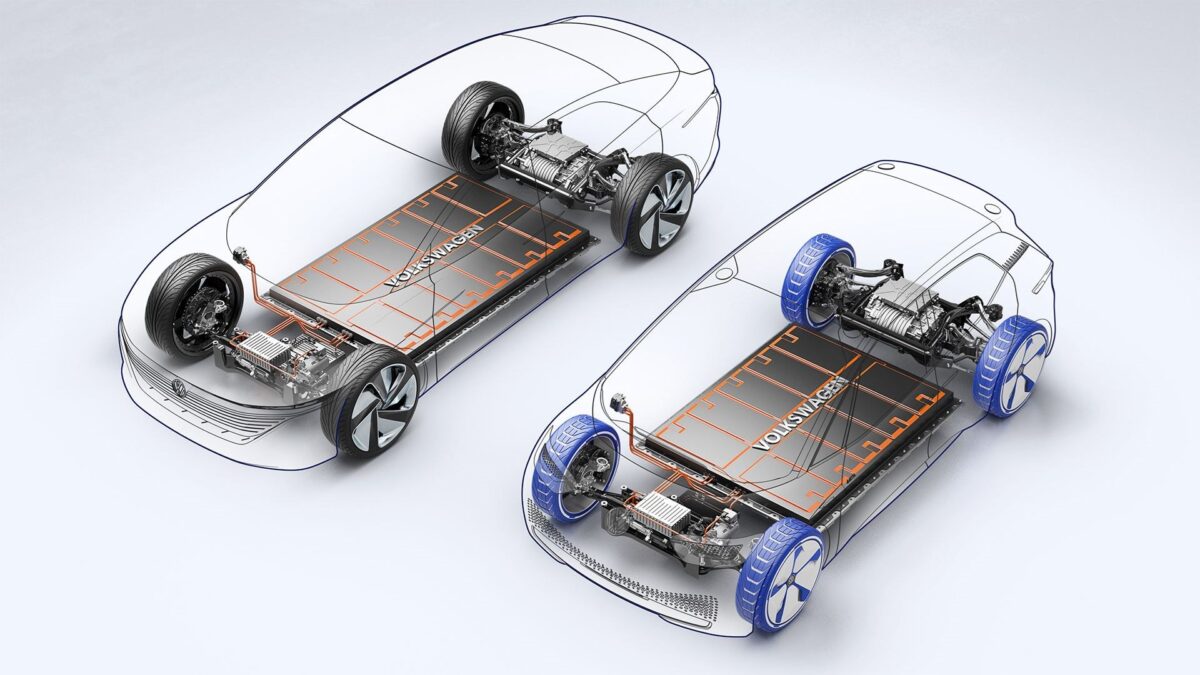 Battery capacity is usually measured in kilowatt-hour (kWh)
Battery capacity is usually measured in kilowatt-hour (kWh)- Impact: Electric vehicles with higher battery capacity will have a longer operating range, but may also increase the cost, weight, and charging time of the vehicle.
Energy Efficiency
- Explanation: Energy efficiency is often calculated based on the number of kilometers traveled per kWh, reflecting the vehicle's ability to convert electrical energy into distance. Vehicles with higher energy efficiency will consume less energy to cover the same distance.
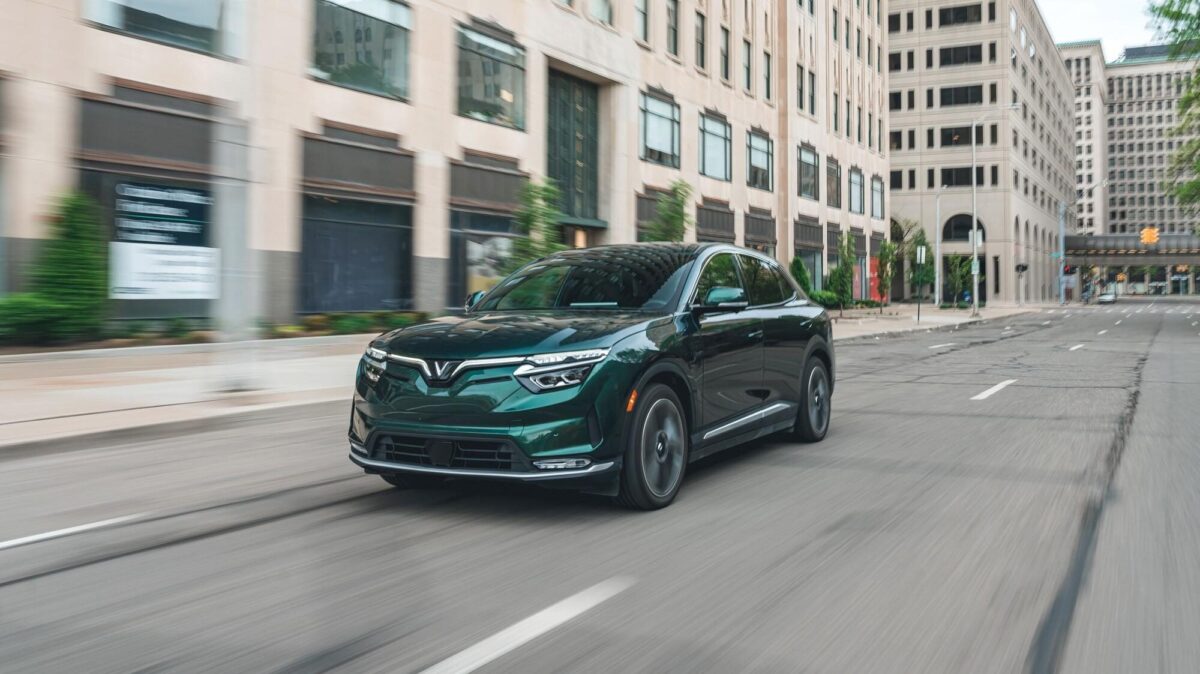 Energy efficiency is often calculated based on the number of kilometers traveled per kWh
Energy efficiency is often calculated based on the number of kilometers traveled per kWh- Impact: Optimizing the efficiency of the drivetrain system and reducing the vehicle's weight can improve energy efficiency, thereby increasing the operating range.
Driving Conditions
- Explanation: The faster the driving speed, aggressive driving behaviors such as rapid acceleration and hard braking, as well as the use of high-energy-consuming devices like air conditioning, can increase the vehicle's energy consumption.
- Impact: Gentle driving and optimizing the use of energy-consuming devices can help increase the operating range.
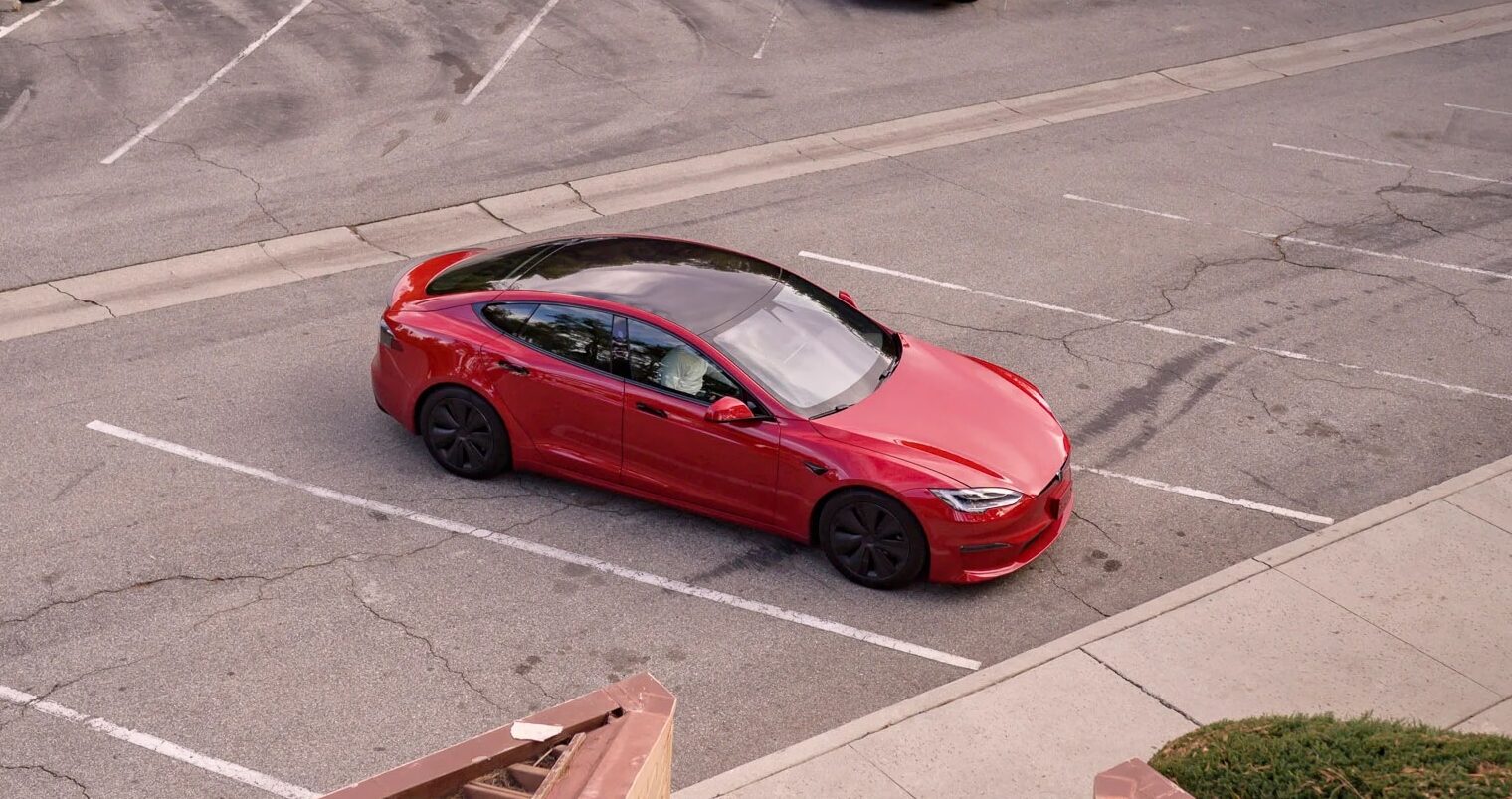 Gentle driving and optimizing the use of energy-consuming devices can help increase the operating range
Gentle driving and optimizing the use of energy-consuming devices can help increase the operating rangeEnvironmental Conditions
- Explanation: Ambient temperature affects battery performance. Extremely low or high temperatures can reduce battery efficiency and charging speed, thereby reducing the vehicle's operating range.
- Impact: Using a thermal management system for the battery can minimize the temperature impact, maintaining the operating range.
Weight and Aerodynamics
- Explanation: The weight of the vehicle and aerodynamics in the design impact the amount of energy needed to maintain speed. Heavier or less aerodynamic-shaped vehicles will consume more energy.
- Impact: Optimizing the aerodynamics and using lightweight materials in vehicle design can help reduce overall weight and improve the operating range.
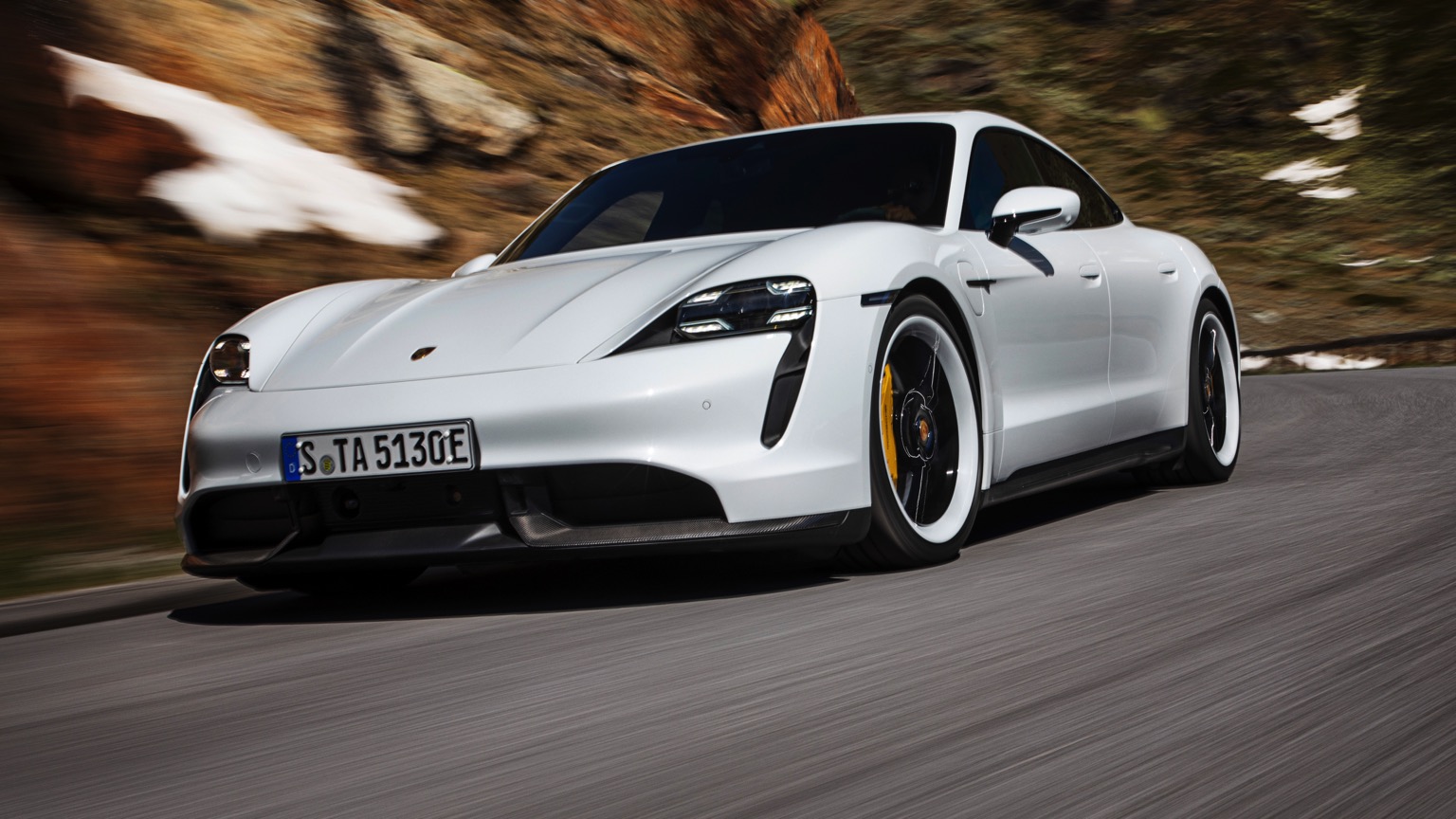 The weight of the vehicle and aerodynamics in the design impact the amount of energy
The weight of the vehicle and aerodynamics in the design impact the amount of energyOptimizing Operating Range
To maximize the operating range, users need to be smart in driving and managing their battery. Charging the battery reasonably, avoiding full 100% charges each time, and limiting the use of fast DC charging are crucial. Additionally, driving gently, avoiding rapid acceleration, and maintaining a steady speed also contribute significantly to energy savings.
 With the development of charging infrastructure, charging electric vehicles becomes easier and more convenient than ever
With the development of charging infrastructure, charging electric vehicles becomes easier and more convenient than everWith the development of charging infrastructure, charging electric vehicles becomes easier and more convenient than ever. From Level 1 charging with a standard household outlet to Level 3 fast charging, users can choose the option that suits their needs and usage conditions.
Conclusion
Although operating range remains a primary challenge in transitioning to electric vehicles, progress and development in charging infrastructure are rapidly alleviating this concern. As society continues to advance, electric cars become not only an eco-friendly choice but a practical and convenient one for everyone.
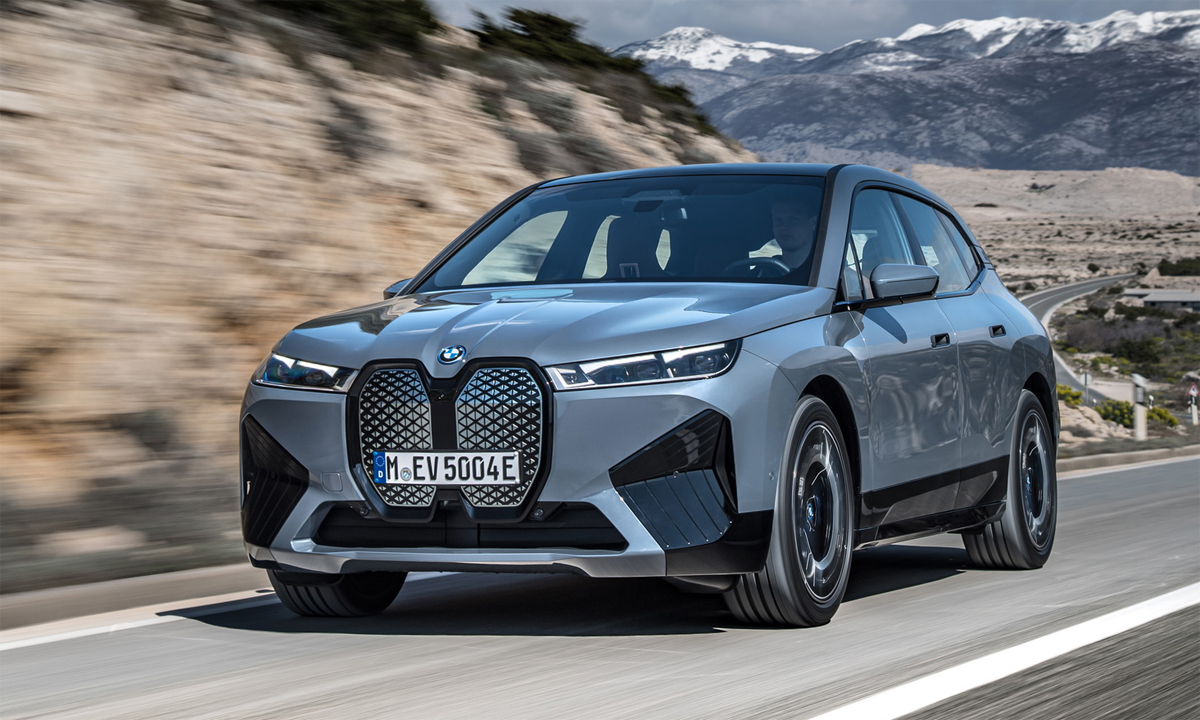 Operating range is more than just a number; it symbolizes progress
Operating range is more than just a number; it symbolizes progressIn the context of globalization and collective efforts to minimize negative environmental impacts, electric cars play a crucial role in the solution. As we continue to explore and develop new technologies, the operating range of electric vehicles will progressively improve, ushering in a new era for the automotive industry. Ultimately, the operating range is more than just a number; it symbolizes progress, innovation, and a steadfast commitment to a sustainable future.
In the journey towards green energy, understanding and optimizing the operating range of electric vehicles is the key to achieving satisfaction and confidence for users. With each technological advancement, we get closer to the ultimate goal: a world where every journey is a small step for you but a giant leap for the environment.
Explore More:- Huawei Creates Buzz with Unprecedented Electric Car Charging Speed: 1 km/second
- Explore Featured Articles
Discover some trending journey models available for purchase today: